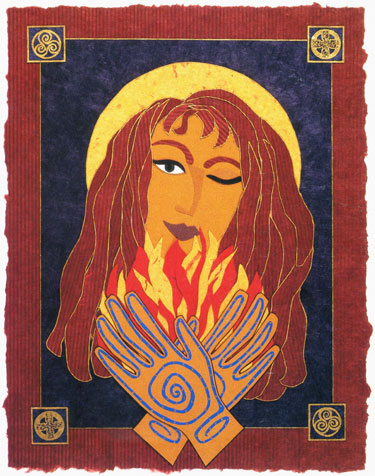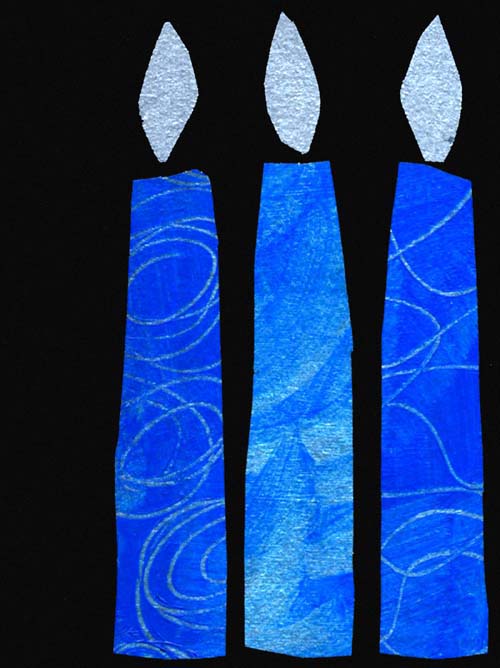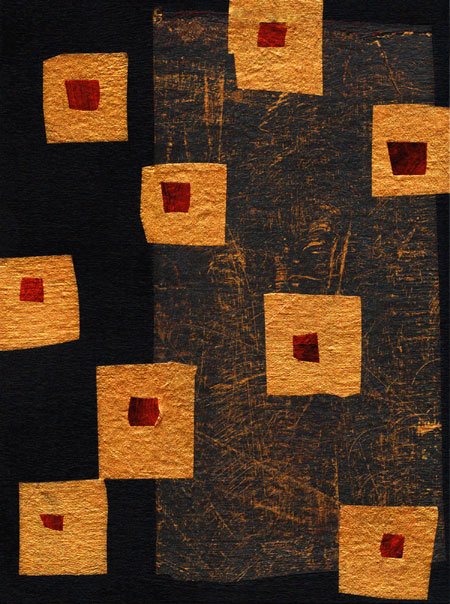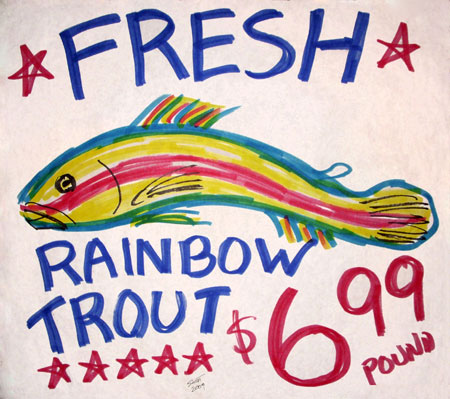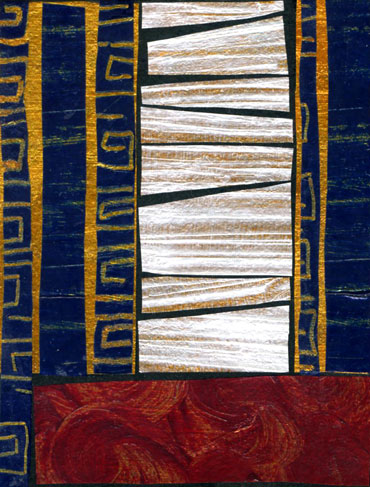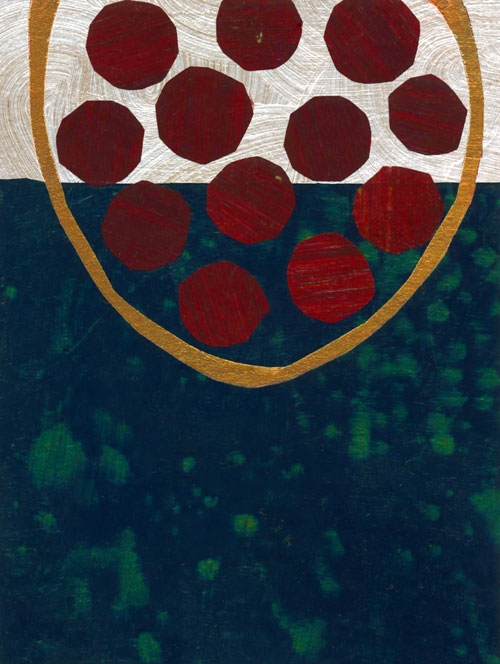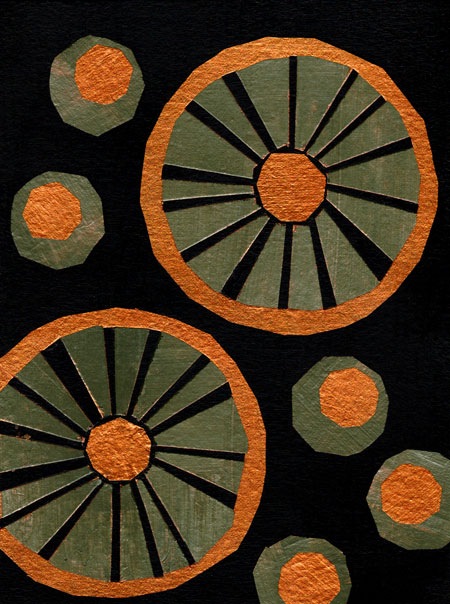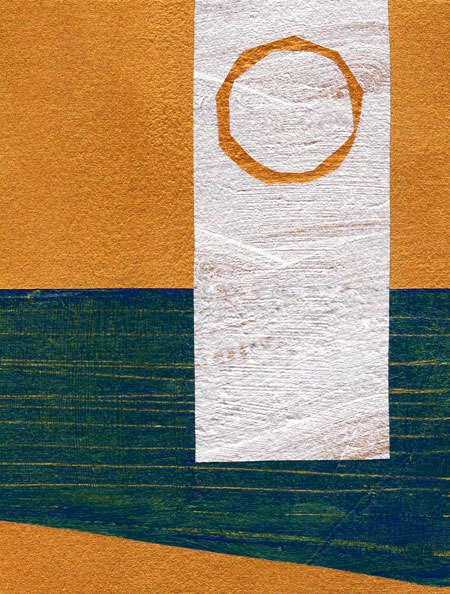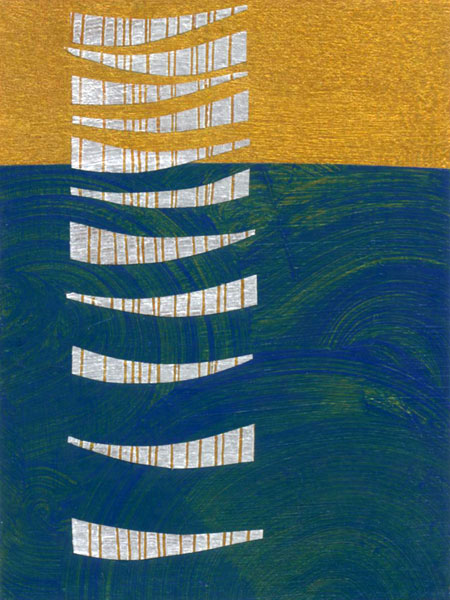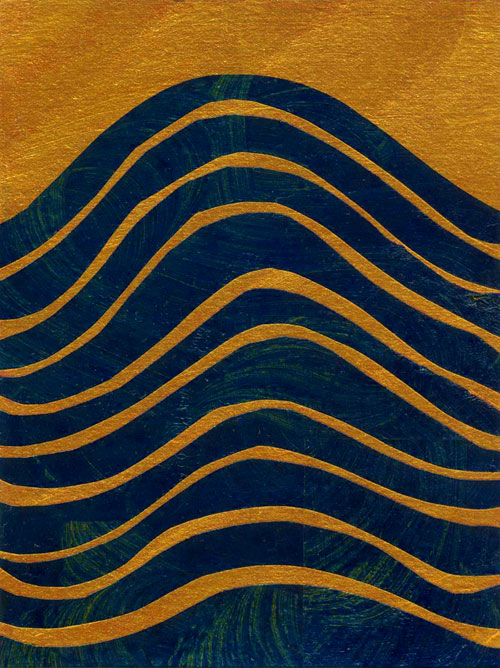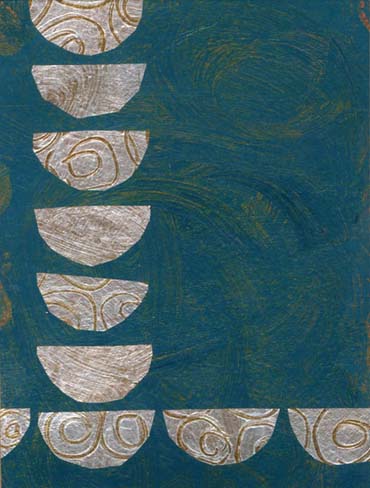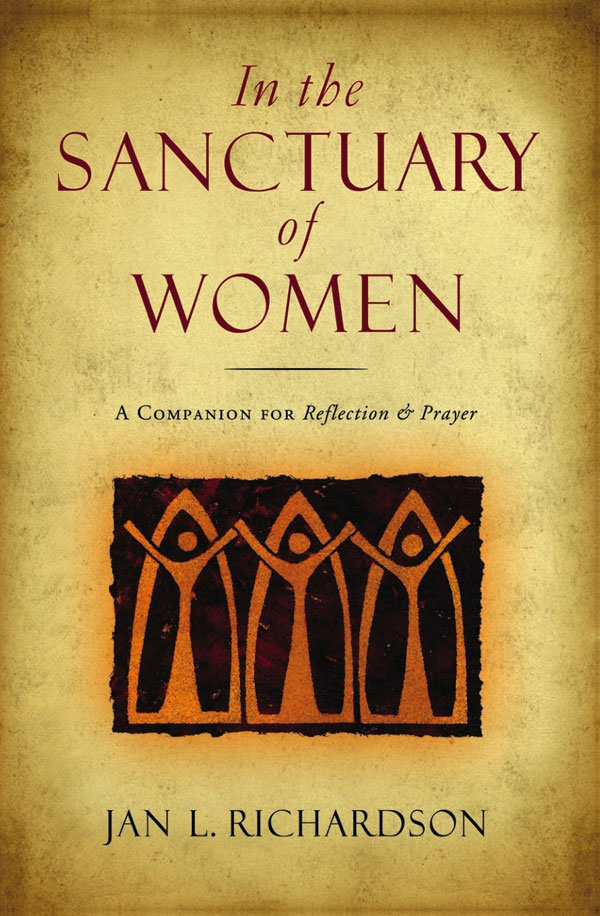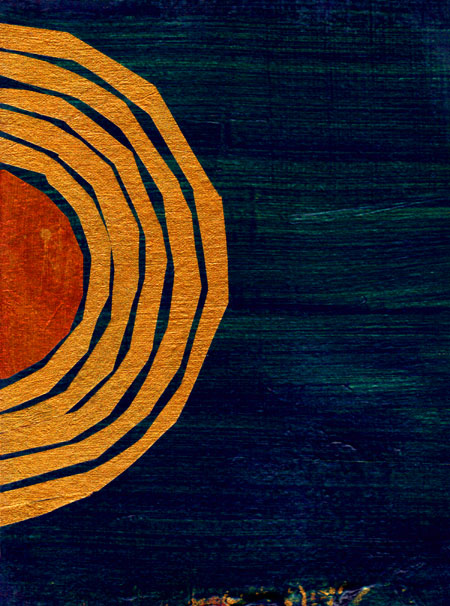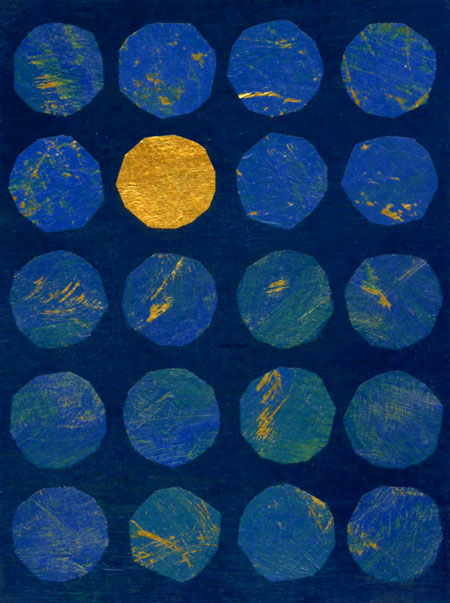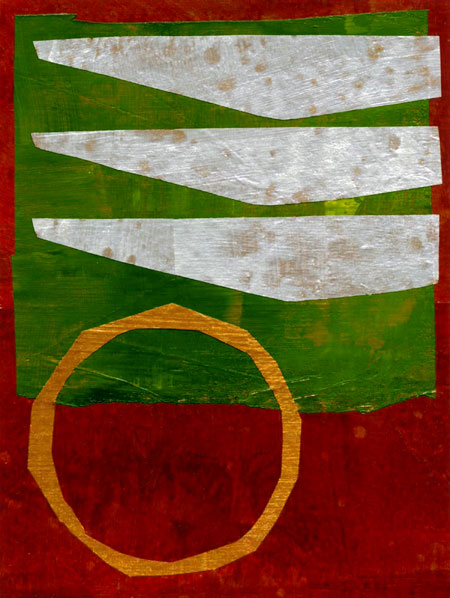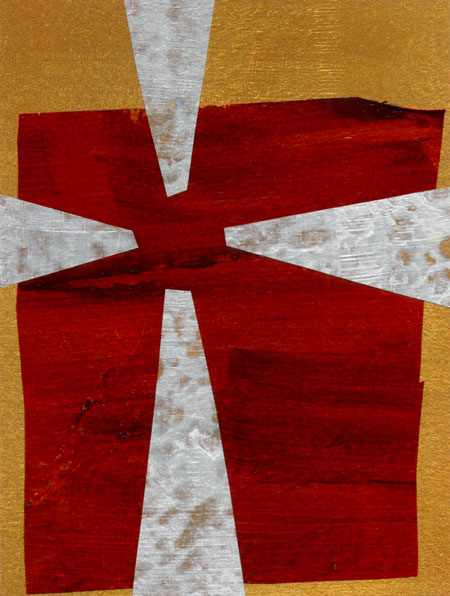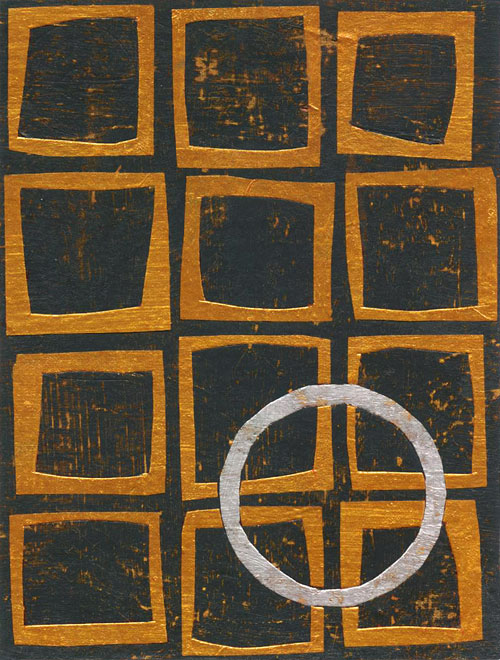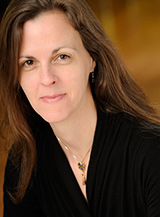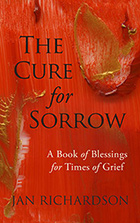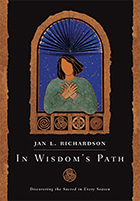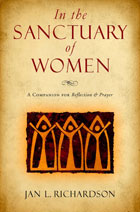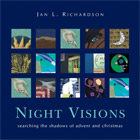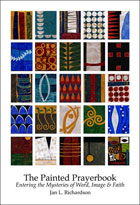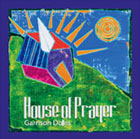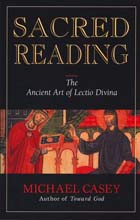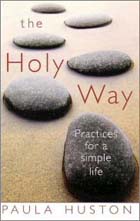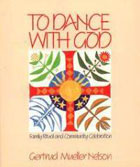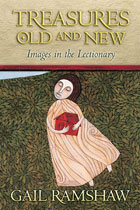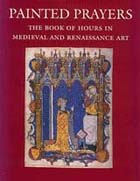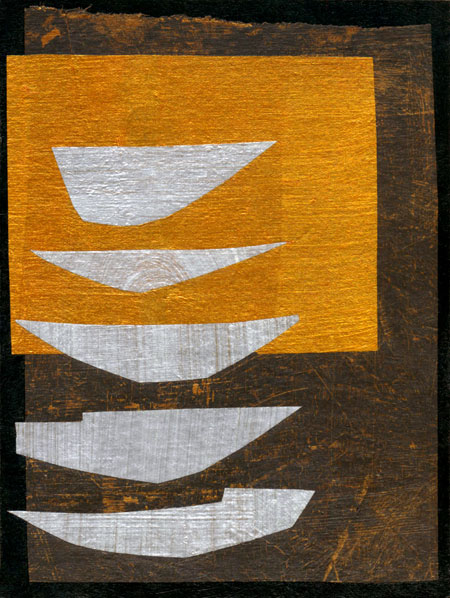
Blessing of Salt, Blessing of Light © Jan Richardson
Reading from the Gospels, Epiphany 5, Year A (February 6): Matthew 5.13-20
I cannot tell you what this week’s collage means—that’s not my job, not the job of any artist, as if we could know or say all that a piece of art might mean; as if meaning were even the main thing. I can tell you, though, that some while after I finished it, I found myself thinking of the word offering. And this is part of what the gospel text this week calls us to: to discern what God has created us to offer in this world, and to give that; to be salt that will provide savor, to be light through which the presence of God is known.
Epiphany—a word which itself means appearing or showing forth—is a season that beckons us to ponder what it is that God desires to manifest through us, and to wrestle with what hinders this. There is much, both within us and without, that works against savoring and shining. Recognizing and resisting the bushels that threaten the light is a practice and a journey all its own. It can be terrifying, these days, to see the ease with which so many of us accept the dimming, allow the bushels that diminish our light as we give over discernment and freedom in exchange for seeming security.
Jesus’ words this week are meant to wake us, to remind us of what we carry in our bones: the living presence of the God who bids us be salt in this world in all our savory particularity; to be light in the way that only we can blaze.
So how savory are you these days? How is light finding its way into you and through you? Is there anything—or anyone—that is working against this, that is tipping a bushel over your shining? Might there be some part of you that needs revealing, needs to unhide itself in this Epiphany season?
Blessing of Salt, Blessing of Light
By the time you come
to the end of this blessing
these words will be barely enough
to fit in the palm of your hand
but fold your fingers around them
and take them
as an offering
a sacrament
a sign:
touch the words
to your tongue
and taste how
they have traveled
through marrow and bone
to reach you,
how they have passed
through each chamber
of the heart,
how they have come
through the layers
that make up the soul:
the strata of stories
and questions,
longings and
dreams.
Savor the way the words
are not mere residue
or dross,
the bitter leavings
from the refining.
By their taste
you will know instead
they are the essence
they are the core
they are what has come
through the burning,
holding still
the memory of fire
and the imprint of light;
holding the clarity that comes
when all that is not needful
passes away.
So take these words
as a blessing; touch them
to your mouth
(may you taste)
your eyes
(may you see)
your ears
(may you hear)
and then let them go,
let them fall to earth
where all salt finally goes.
See the path they make
for you,
the path that blazes
inside of you,
lighting the way
ahead of you
that only you
can go.
[To use the “Blessing of Salt, Blessing of Light” image, please visit this page at janrichardsonimages.com. Your use of janrichardsonimages.com helps make the ministry of The Painted Prayerbook possible. Thank you!]
P.S. In a lovely bit of synchronicity, we have two celebrations coming up this week that are well-married to the gospel reading. February 1 brings us the Feast of St. Brigid, the beloved Celtic saint who was a light for the early church in Ireland and whose stories are often marked by the presence of fire. February 2 is Candlemas, also known as the Feast of the Presentation or the Feast of the Purification of Mary. For my reflections on these luminous days, which are among my favorites of the year, click on the images or titles below.
Golden, Sparkling Flame: Feast of St. Brigid
Feast of the Presentation/Candlemas
